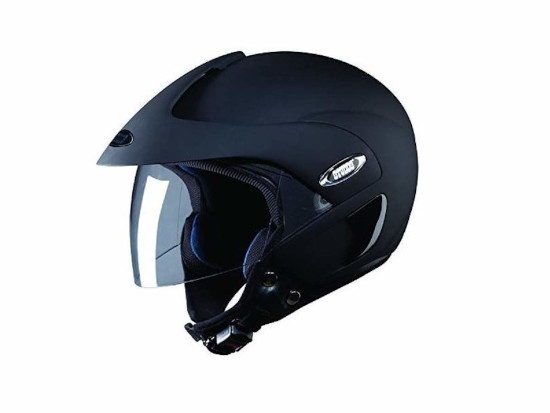The mid-range motorcycle helmets, in addition to maintaining the high safety standards of all the products in our selection,
strongly focus on comfort and style. An example of this approach is the
Blauer Pilot, a jet motorcycle helmet with a timeless design. Minimal and elegant, it is proposed in plain or two-tone variants. Extremely light and comfortable, it features a
retractable internal visor with smoked treatment. Fastest coupling thanks to the precise strap with micrometric retention system. Moving on to the terrain of modular motorcycle helmets, the
LS2 FF900 Valiant II struck us for aesthetics and functionality. With a more aggressive and modern profile, it is a helmet suitable for long distances. P / J approved, it goes from one configuration to another in an instant. In fact, a pressure on the lock located under the chin guard is enough to make it rise upwards. Equally convincing is the auto-up and auto-down system that allows simultaneous unlocking of the screen and chin guard. Structurally similar,
Scorpion Exo-Tech, however, is aimed at the most demanding motorcyclist. Sold with Pinlock
MaxVision lens in box, it offers maximum freshness through three independently adjustable air intakes. Comfortable and breathable, it integrates a retractable sunscreen with
EverClear anti-fog treatment. Last but not least, here is the first full off-road motorcycle helmet of our selection.
Nolan N70-2 X is the perfect companion for any adventure, both on asphalt and dirt. But it is also the first model in the world to boast a removable chin guard that transforms it, in an instant, from full face to jet. And in fact, it is P / J approved.














